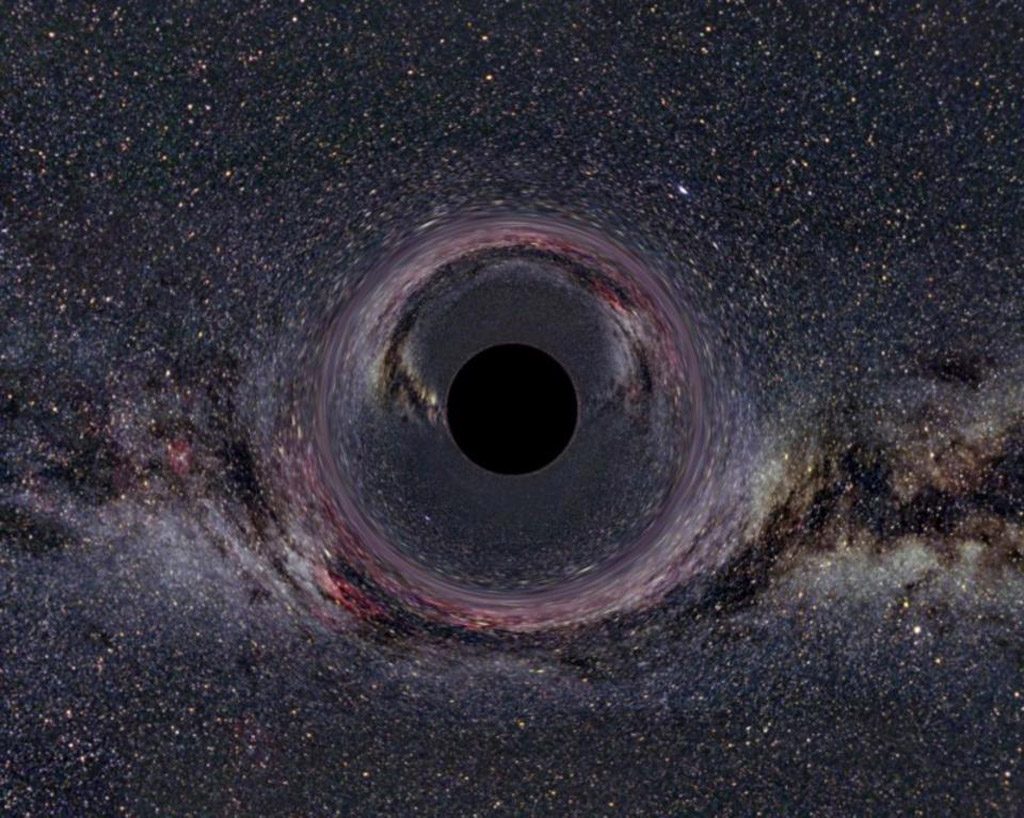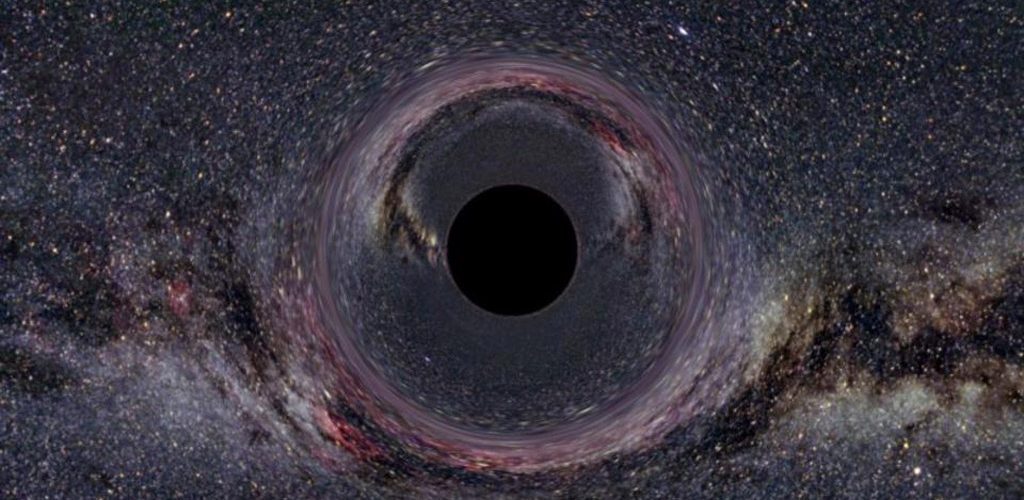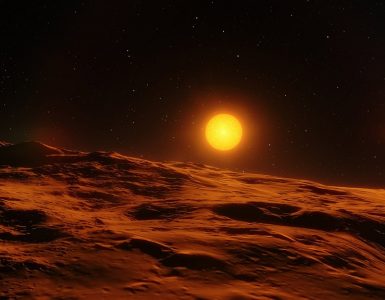Every galaxy has a black hole at its center, and Milky Way is no exception. This black hole could gobble up Earth on a whim someday and there will be no warning. Well that situation could change now, there is nothing much that can be done if Sagittarius A, the supermassive black hole at the center of Milky Way decided to devour Earth, but scientists might have found a way to get a warning before something like this happened.
Black holes are very aptly named as their massively powerful gravity doesn’t let even light escape. And since light cannot escape, photographing a black hole will never be an option. Another reason is that though they are called supermassive, black holes are actually really tiny; they are so dense that they have the mass of thousands of sun. But scientists have found a way around that. They will be using a network of radio telescopes around the globe to observe the event horizon of Sagittarius A and another black hole that lies in the center of M87, a galaxy nearby.

The telescope network has been named the Event Horizon Telescope; it is a virtual telescope that is planet sized. Eight radio telescopes have been used to form this network. The data collected by the Event Horizon Telescope will be sent to the supercomputers situated at Massachusetts Institute of Technology and the Max Planck Institute in Germany. Sagittarius A is supposed to be located 26,000 light years from Earth and it is about 20 million kilometers wide. In terms of size that seems quite big but the distance is so huge that it will be like trying to find an object the size of an orange on the surface of the moon.
The telescope will be looking at the shell of gas that surrounds a black hole and try to photograph it. The event horizon is the point near a black hole from which nothing can return. Sheperd Doeleman, an astronomer at MIT’s Haystack Observatory, said: “The event horizon is where gravity starts to come into its own. It rips off the Clark Kent business suit and starts to become as strong as the other forces.”
Speaking of the historical event, Mr Doleman said: “We’ve been working on this for a decade. It’s exhilarating to be so close.”
(Writing by Ananya Dutta; Editing by Mohith Agadi)





















